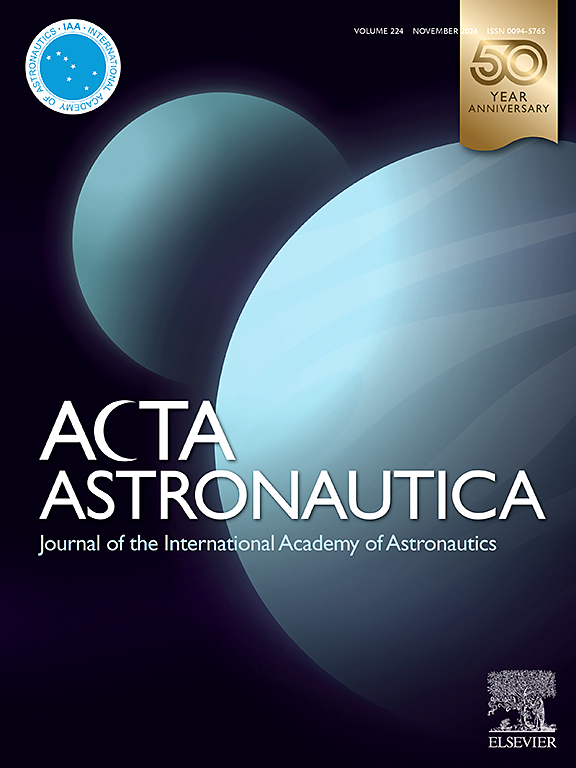Induction melting, casting, and weldability of a group IAB iron meteorite
IF 3.1
2区 物理与天体物理
Q1 ENGINEERING, AEROSPACE
引用次数: 0
Abstract
Future construction of large-scale space structures will need to exploit natural space resources for raw materials such as iron from asteroids, which is expected to be a key element due to its availability in near-Earth objects. Although the relative availability of iron-nickel asteroids makes them attractive candidates for space manufacturing, they contain defects and inhomogeneous concentrations of elements such as carbon, phosphorous, and sulfur, along with brittle intermetallic phases, cracks, and voids, that limits their usefulness in their native state. Refinement of the meteoritic metal microstructure and chemistry will be required to render them useful as structural elements that can be fabricated by casting, thermomechanical processing, or welding. This study investigates the vacuum induction melting and casting of a Canyon Diablo Group 1AB-MG coarse octahedrite meteorite demonstrating, as a first step, that cast material can be produced with a refined and more homogeneous microstructure. However, additional metallurgical refinement is still needed to reduce the phosphorous and sulphur content to produce high quality meteoritic steels or alloys for space construction.

求助全文
约1分钟内获得全文
求助全文
来源期刊

Acta Astronautica
工程技术-工程:宇航
CiteScore
7.20
自引率
22.90%
发文量
599
审稿时长
53 days
期刊介绍:
Acta Astronautica is sponsored by the International Academy of Astronautics. Content is based on original contributions in all fields of basic, engineering, life and social space sciences and of space technology related to:
The peaceful scientific exploration of space,
Its exploitation for human welfare and progress,
Conception, design, development and operation of space-borne and Earth-based systems,
In addition to regular issues, the journal publishes selected proceedings of the annual International Astronautical Congress (IAC), transactions of the IAA and special issues on topics of current interest, such as microgravity, space station technology, geostationary orbits, and space economics. Other subject areas include satellite technology, space transportation and communications, space energy, power and propulsion, astrodynamics, extraterrestrial intelligence and Earth observations.
 求助内容:
求助内容: 应助结果提醒方式:
应助结果提醒方式:


